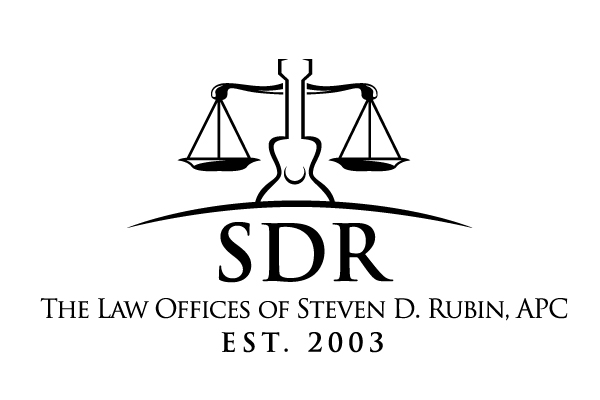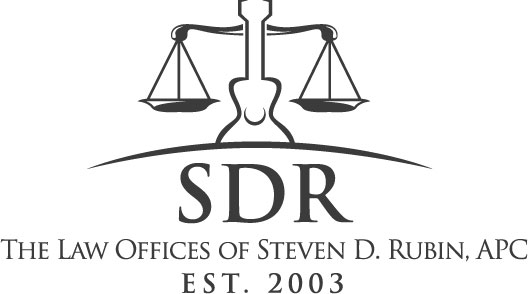
Public Service Announcement: What are the IRS’s options when you can’t (full) pay your tax liability?
Public Service Announcement: What are the IRS’s options when you can’t (full) pay your tax liability?
(I apologize for the length of this article – but I felt a comprehensive review of the subject is warranted).
I get asked a lot about the procedures that the IRS generally follow when a taxpayer is unable to his or her tax liability. This article is in response to these questions concerning procedures that the IRS generally follows when you are unable to pay your tax liability and what your payment options are. The IRS generally attempts to collect unpaid taxes first through voluntary payment arrangements. If this fails, the IRS may then turn to enforced collection methods such as liens, levies, and seizures. Thus, it is important that you take the appropriate steps if you cannot fully pay your tax liability.
Initially, if you believe that your tax bill is in error, you should immediately call or write to the IRS office that sent the bill. Copies of any records, tax returns, cancelled checks, etc., that may help in correcting the error should be included. If the IRS concludes that you are correct, it will adjust your account and issue a corrected bill.
If you are not disputing the amount of the liability, but simply are unable to pay your bill in full, you have several options to consider. As outlined below, the IRS has strong powers that it can use to enforce collection of the debt, including seizing your personal or business assets. To avoid this, you should first attempt to work with the IRS to come to a mutually satisfactory payment arrangement through an extension of time to pay, borrowing from sources such as loans, credit cards, 401(k) plans, life insurance, and/or home equity, paying over time under an installment agreement, or submitting an offer in compromise. Under limited circumstances, the IRS will temporarily stop collection actions if this causes a hardship to you or your family. Lastly, you may consider filing for bankruptcy protection.
Short-Term Payment Extension. If you are temporarily unable to pay your tax liability, you may be eligible for a short-term extension of time to pay of up to 120 days. There is no fee, you can make the request online through the IRS’s website, and you usually will receive written confirmation within 10 days.
Six-Month Payment Extension. If you can establish that timely payment would result in “undue hardship,” you may be able to obtain a longer-term extension of time to pay of up to six months. The extension may exceed six months if you are abroad.
Installment Agreements. If you cannot fully pay within 120 days, you may be able to pay in monthly installments. You will be charged interest and may be charged a late payment penalty on any tax not paid by its due date. There are several types of installment agreements.
Guaranteed Agreements. The IRS must accept an installment agreement if you: (1) owe $10,000 or less; (2) have filed and paid all tax returns during the five years prior to the year of liability; (3) can fully pay the tax liability within three years; (4) file and pay all tax returns during the agreement; and (5) have not had an installment agreement within the last five years preceding the year of liability. Importantly, you can qualify for this “guaranteed” agreement so long as the tax liability alone does not exceed $10,000 (i.e., your actual tax bill may exceed $10,000 including penalties and interest). Also, the IRS’s policy is to grant such agreements even if you could otherwise fully pay. Further, the IRS generally does not file a lien to secure the agreement. You can apply online through the IRS’s website or authorize me to prepare the application for you.
“Streamlined” Agreements. You can apply for a “streamlined” installment agreement online through the IRS’s website without having to contact the IRS or provide extensive financial disclosure if your unpaid liability (including tax, assessed penalties, and interest) is $50,000 or less and you can fully pay the liability within 72 months. If your unpaid liability exceeds $50,000, you can pay the balance down to $50,000 to become eligible. Further, the IRS generally does not file a lien to secure the agreement. You can also authorize me to prepare the application for you.
Regular Agreements. Lastly, you can apply for the more traditional type of installment agreement, but you will need to provide extensive financial disclosure and the IRS will conduct a fairly detailed financial analysis to determine the amount and duration of any payment plan. In short, the amount you will be asked to pay will be largely based on the IRS national and local financial guidelines, which may significantly alter your current lifestyle. The IRS may file a tax lien to secure the agreement.
Beginning January 1, 2017, there is a $225 fee for entering into an installment agreement, unless you qualify for a reduced fee. The fee is reduced to $149 if you enter into an online payment agreement and is reduced to $107 if paid by direct debit from your bank account. The fee for entering into an installment agreement is $43, potentially $0, if you meet certain low-income guidelines. Regardless of income, the fee is only $31 if you enter into an online payment agreement and pay via direct debit from your bank account. After entering into the agreement, the fee for restructuring or reinstating an installment agreement is $89 (reduced to $43 for low-income taxpayers).
Offer in Compromise. You also have the right to submit an “offer in compromise” (OIC). The IRS may compromise your tax liability, i.e., accept less than full payment, on one of several grounds: (1) doubt as to liability for the amount owed; (2) doubt as to ability to make full payment of the amount owed; or (3) if there is no doubt as to liability or collectability, promoting effective tax administration in exceptional circumstances or to avoid economic hardship.
The doubt as to the liability for the amount owed must be supported by evidence and the amount acceptable to the IRS depends upon the degree of doubt found in the particular case. In the case of inability to pay, the amount offered must exceed the total value of your equity in all your assets and must give sufficient consideration to present and future earning capacity. If an offer is accepted, the IRS also may require you to agree to pay a percentage of future earnings as part of the offer and to relinquish certain present or potential tax benefits.
Beginning January 1, 2014, there is a $186 nonrefundable filing fee and, unless you meet certain low-income guidelines, you must: (1) submit 20% of the offer amount as a lump-sum payment (or make such payment in five or fewer installments); or (2) agree to pay the offer amount within 24 months (and submit the first payment with the application). Be aware that the IRS has proposed regulations that, if finalized, would increase this fee to $300 effective February 27, 2017.
Suspending Collection Due to Economic and Other Hardships. If you can show that collection of the tax debt would cause a financial or other hardship for you or your family, such as preventing you from meeting necessary living expenses, the IRS may temporarily delay collection until your financial condition improves (i.e., classify the account as “currently not collectible”). After approximately one year, the IRS will review your case to determine if the hardship still exists. (Note, however, that penalties and interest continue to accrue during such period). The IRS may also enter into a compromise agreement with you.
Bankruptcy. You may also consider bankruptcy. The filing of a bankruptcy petition serves to place a “stay” on further IRS collection actions. The IRS may then file a claim for the unpaid taxes with the bankruptcy court. The court can determine whether and when these taxes are to be paid. In addition, certain taxes that cannot be paid from the bankruptcy estate may be discharged. Discharge generally is limited to taxes incurred more than three years before the bankruptcy petition is filed. Before filing for bankruptcy, however, you should first consider all of the consequences that such filing may have on your overall financial situation.
Enforced Collection Action-Liens, Levies, and Seizures. When voluntary means fail, the IRS has a formidable array of powers to enforce collection. The IRS’s authority to take enforcement action arises 10 days after the first notice and demand for payment of the unpaid tax. Enforced collection action includes the filing of a Notice of Federal Tax Lien, the serving of a Final Notice of Intent to Levy, and/or the seizure and sale of your property.
Normally, the IRS sends several notices asking for voluntary payment of the tax before any enforcement actions are taken. If you have not contacted the IRS by this time, the IRS sends a notice of intent to levy by certified mail. Thirty days later, if you have not requested an Appeals office Collection Due Process hearing to consider collection alternatives, the IRS may begin enforcement actions.
The IRS may place a lien for the unpaid tax on your property. The IRS may also seize (levy on) your property. Levy can be made on property in the hands of third parties (employers, banks, etc.) or property in your possession (automobile, house, etc.). Certain property cannot be levied upon: a limited amount of personal belongings, clothing, furniture, and business or professional books and tools; unemployment, worker’s compensation, certain welfare benefits, and certain pension benefits; court-ordered child support payments; undelivered mail; and a small portion of wages. The IRS must obtain court approval to seize your personal residence.
After seizure, the IRS can sell the property to satisfy the tax bill. The IRS will give you notice before the sale of the property. The sale is canceled if you redeem the property before the sale or make other arrangements to pay the tax bill.


